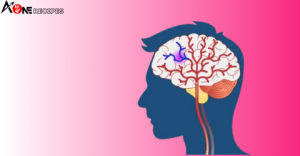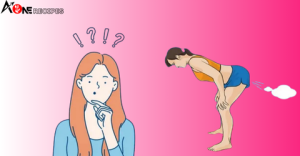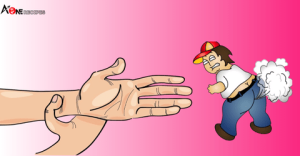Darkening of the skin in the pubic area and inner thighs is a common concern for many, especially women. While it’s not usually a medical issue, it can affect self-confidence and comfort. This condition may be caused by friction, hormonal changes, shaving, tight clothing, or even skin disorders. The good news? There are safe, natural, and medical methods that can help lighten this area over time.
What causes darkening of the skin in the pubic area and inner thighs?
Friction: Constant friction of the thighs, especially in hot or humid weather, can lead to hyperpigmentation.
Shaving or hair removal: Razors, waxing, or hair removal creams can cause irritation or minor injuries that heal with darker skin.
Hormonal changes: Pregnancy, polycystic ovary syndrome, or other hormonal imbalances can lead to increased melanin production.
Sweating: Excessive sweating in this area can create a moist environment that irritates the skin.
Obesity: Increased skin folds and friction in the area may contribute to discoloration.
Genetics and skin type: People with darker skin are more prone to hyperpigmentation.
Home Remedies to Lighten the Area Naturally
Before trying anything new, always perform a patch test on a small area of skin to check for irritation or allergic reactions.
- Aloe Vera Gel
Aloe vera soothes and moisturizes the skin. Apply the pure gel daily to reduce pigmentation and irritation.
- Coconut Oil and Lemon Juice
Mix a tablespoon of coconut oil with a few drops of lemon juice. Apply for 10-15 minutes, then rinse. Lemon has natural bleaching properties, while coconut oil nourishes the skin.
- Cucumber Juice
Cucumber cools the skin and helps lighten dark spots. Apply cucumber juice directly to the area for 10 minutes before rinsing.
- Turmeric and Yogurt Paste
Turmeric is a natural skin lightener, and yogurt contains lactic acid, which gently exfoliates the skin. Mix the mixture into a paste and apply it two to three times a week.
Medical Treatments and Skincare Products
If home remedies don’t work, dermatologists may recommend:
Topical creams containing ingredients such as kojic acid, niacinamide, vitamin C, or hydroquinone.
Chemical peels to exfoliate and promote skin renewal.
Laser treatment for stubborn pigmentation.
Microdermabrasion to resurface the skin.
Always consult a dermatologist before starting any medical treatment.
Preventive Tips
Wear loose, well-ventilated clothing.
Avoid daily shaving—consider laser hair removal.
Use gentle, fragrance-free cleansers.
Keep the area dry and moisturized.




